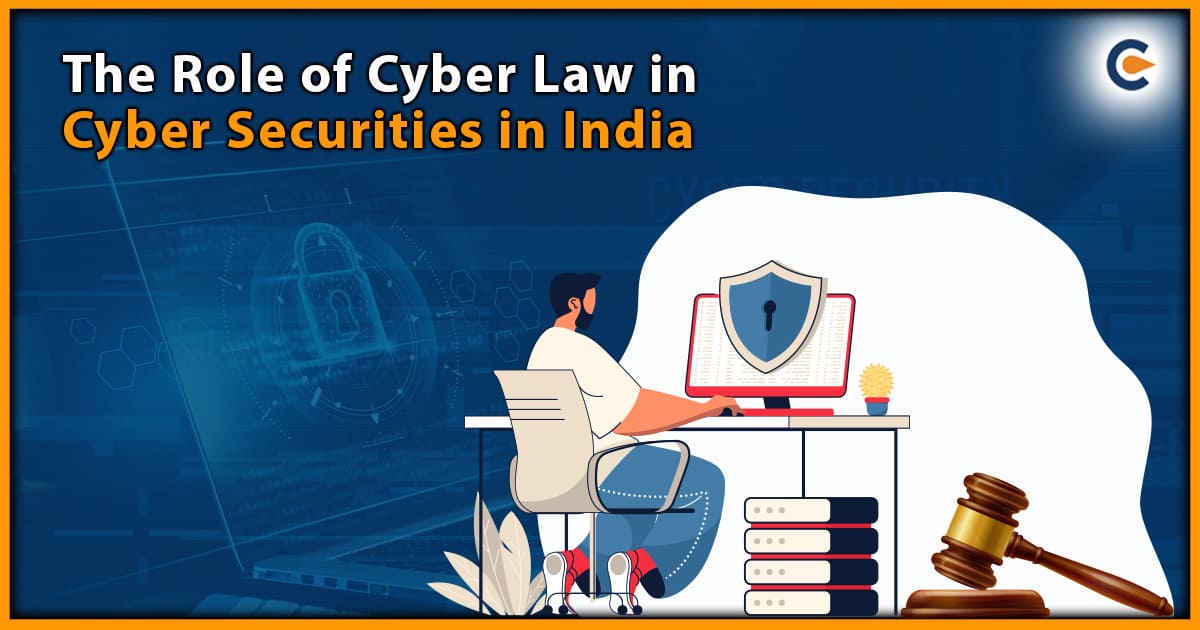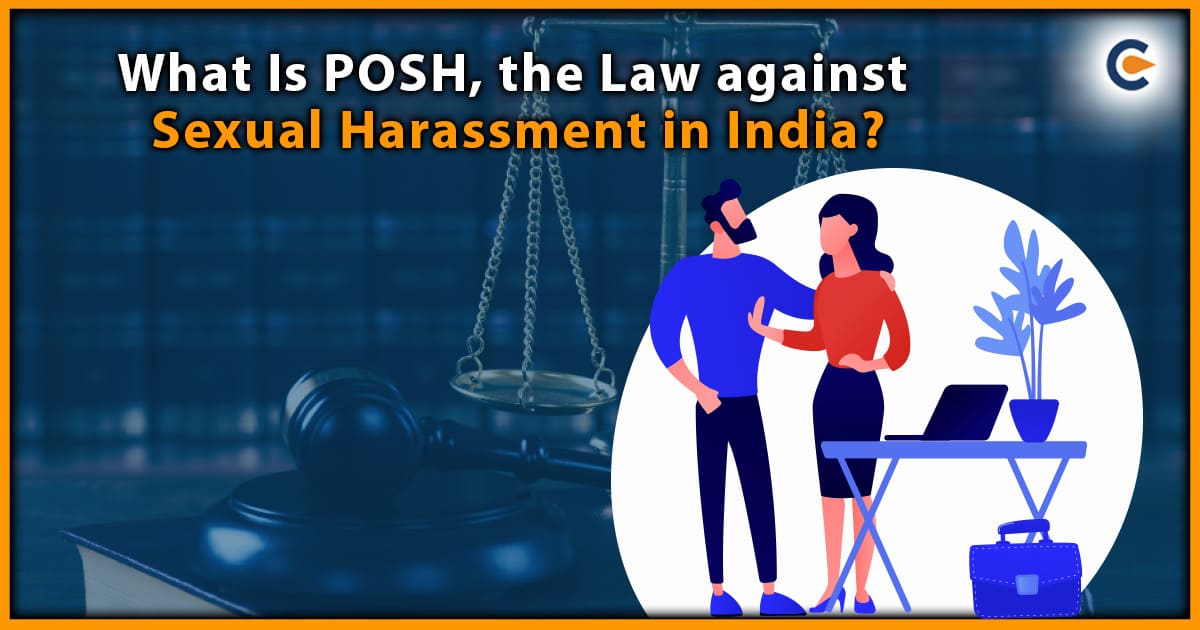A demat account holder may choose to keep their account solely (solo account) or jointly (joint account) with another person. When an account holder dies, the transmission rules are put into effect. Either the joint account holder or the account’s heirs must get in touch with a depository participant before the transmission of shares can begin. An agent who serves as a liaison between the account holder and his or her account is referred to as a depository participant. A financial institution, bank, or authorized member of the Securities and Exchange Board of India (SEBI)[1] can act as this agent.
When a person dies, his or her assets and belongings are transmitted to the lawful heirs in accordance with inheritance rules. These assets may include tangible shares in a company in some situations. You may need to get the actual shares transferred into your name if you inherited them from a deceased relative. This procedure might be hard and time-consuming, but it can be made easier with competent advice. In this post, we will show you how to transfer physical shares after receiving a succession certificate.
However, if the account holder’s shares are held in physical form, each company whose shares the relevant account holder owns needs to be contacted. Keep in mind that it typically takes 6 to 12 months to transfer shares across accounts.
What Exactly Are Shares?
Shares are equity ownership units in a company. Shares exist as a financial asset for some companies, providing for an equitable distribution of any residual earnings, if any are declared, in the form of dividends. Shareholders of a stock that does not pay dividends
not entitled to a profit distribution. Instead, they expect to profit from the rise in the stock price as the company’s profits rise.
Transfer Of Shares Meaning
When the title to a share is transferred from one person to another, this is referred to as a transfer of shares. Before the transfer of the title of shares is proclaimed legitimate, the firm whose shares are being transferred from one person to another should be made aware. Only when the company’s registration reflects the change in legal title is the transfer effective and complete.
Accounts Held Jointly
Securities that belonged to the account holder were transferred to the joint owner of the account upon filing a transmission form. A death certificate serving as proof of the account holder’s demise must also be provided. The joint partner must create a separate account with a depository participant in order to receive the shares, so that they have a place to receive and keep their transferred shares. It is important to take care to spell the person’s name consistently across both accounts.
Account With Nomination
The nominee of an account, similar to the process of a joint account, must file for the transfer of shares by filling out a form with their data and sending a certified death certificate of the dead holder. Approaching the relevant depository participant or downloading it from the depository participant’s website will lead you to the form. Once these documents and the information contained within them have been verified, the transmission of shares begins and is sent to the nominee’s depository participant account.
If the shares have legal claims, it may be difficult for the nominee to get them. It becomes a legal issue that must be resolved.
Without A Nomination Account
The transfer of shares procedure differs slightly from the simple procedure described above when an account lacks a nominee. To determine who is the legitimate owner of the shares, the bank or financial institution in charge of the transfer of shares must first analyse all prior ownership documentation provided by the dead account holder. This procedure takes a long time. Sometimes more documents are required to finish this process. If the account is owned jointly or if the account holder has a nominee, this procedure is not applicable. The dead
The holder’s will is the first document that the depository participant or agent will go through.
When numerouspersons are specified in the will of the deceased account holder, determining who will receive what fraction of the shares becomes an issue of legal concern. To resolve this issue, the court must issue a decision.
If the dead account holder did not leave a will, the agent asks the person who contacted them to go to court and file for a succession certificate, which must explicitly say that the person is the legitimate owner of the shares.
When such a circumstance arises, the most practical and advised course of action is to hold an internal discussion with all of the share’s successors, if any. A situation involving legal issues is avoided by talking about and agreeing on the proportion of shares that each successor wants to receive. To successfully transfer shares to the account holder’s heirs, this agreed-upon declaration must be submitted to the court for approval. Each individual legal heir will be required to submit their legal affidavit for the court’s approval.
Procedure For How to Transfer Physical Shares After Obtaining a Succession Certificate
Get A Succession Certificate.
The appropriate court must issue a succession certificate before you may transfer actual shares. A succession certificate is a legal document that certifies the lawful heirs’ entitlement to the decedent’s property. Although the steps involved in obtaining a succession certificate can differ from nation to nation, generally speaking, they are as follows:
- Submitting a petition to the appropriate court with information on the decedent and the legitimate heirs
- Presenting documentary proof of the deceased’s demise, such as a death certificate.
- Providing documentation, such as birth certificates, that shows the lawful heirs’ familial ties to the dead
- Paying the necessary court costs.
The legitimate heirs will get a succession certificate if the court is satisfied with the evidence. The transfer of actual shares will require this certificate.
Locate The Share Certificates.
Finding the actual share certificates is the next step. These certificates could be kept by the dead person, held by a bank, or traded by a broker. It’s possible that you’ll need to look for them and get them before starting the transfer procedure.
Transfer Of Shares
Once you have the share certificates and the succession certificate, you can move on to step three, which is the transfer of shares. Although the steps involved in the transfer of physical shares can vary from nation to nation, generally speaking, they are as follows:
- Complete the transfer deed: The legal document known as a transfer deed is used to transfer ownership of shares from the deceased to the designated legal heirs. The share certificates, the names of the lawful heirs, and their signatures must be included on the transfer document.
- Have the transfer deed notarized: Either a public notary or an authorised officer of the firm whose shares are being transferred must notarize the transfer deed.
- Submit the transfer deed and the succession certificate: The firm whose shares are being transferred must receive both the transfer deed and the succession certificate. In order to reflect the transfer of shares, the corporation will update its records after verifying the paperwork.
- Pay the transfer fees: In order to transfer shares, the corporation may impose a transfer fee. This charge shall be borne by the lawful successors.
- Update the share register: The firm will update its share register to reflect the new ownership once the transfer of shares is complete.
After Receiving a Succession Certificate, You Must Take the Following Actions to Transfer Physical Shares:
It is important to keep in mind that the process of transferring actual shares might take several weeks, and you might need to check in again with the registrar to make sure the transfer is handled promptly:
- Make contact with the registrar: The first step is to make contact with the registrar of the corporation in which the shares are held. The registrar is in charge of keeping track of the company’s shareholders and may supply you with the essential information and papers for the transfer.
- Fill out the transfer form: Once you’ve gathered all of the relevant paperwork, you’ll need to fill out a transfer form. This form requires the name of the dead shareholder, the name of the successor, the number of shares to be transferred, and the successor’s signature.
- Provide required documents: You must also provide a copy of the succession certificate, the death certificate of the deceased shareholder, and any other documents requested by the registrar.
- Submit the transfer form and documentation: Once you have completed the transfer form and provided the required documents, you must submit them to the registrar. The paperwork will then be verified, and the transfer will be completed by the registrar.
- Receive transfer confirmation: The registrar will send you a confirmation after the transfer is finished. This confirmation will include information like the quantity of transferred shares and the new shareholder’s name.
- Update records: It’s crucial to update your records after you’ve received confirmation of the transfer. This involves changing your own records to reflect the transfer, such as your bank records. You must also update your own records with the information on the new shares if you are the new shareholder.
- Pay any fees that may be necessary: Some registrars may charge a fee for handling the transfer of actual shares. To finalise the transfer, you must pay this charge.
- Take dematerialization into account: In some circumstances, converting physical shares into electronic form may be advantageous. Dematerialization can facilitate transfers and lower the possibility of physical share certificates being misplaced or damaged.
It is important to remember that the procedure for transferring actual shares might be complicated and may change based on the particulars. To ensure that the transfer is carried out correctly and effectively, it is important to make contact with the registrar and obtain expert guidance.
Along With the Application for A Name Change, The Documents That Follow Must Be Submitted.
- Physical certificates for shares
- Death Certificate of the Deceased
- PAN Card of the Successor
- Transmission Request Form
- Attested Signatures by the Successor’s Banker Proof of the Successor’s Address
- Any more documentation as requested by the company.
Some of the aforementioned documents might not need to be provided if the physical shares were held jointly with another holder or if a nomination was registered.
Issuance Of New Shares and Demat Account
The corporation will issue the new certificates in the names of the new holders in physical form after receiving the application that is complete in all respects and the necessary supporting documentation. However, these shares must first be dematerialized through a demat account in order to be sold.
The original physical shares registered in the name of the new holder must be sent to the company where the new holder has a demat account in order for these shares to be dematerialized. In order to sell such physical shares, the new holder would first need to open a demat account if they don’t already have one.
Conclusion
Transferring physical shares after receiving a succession certificate might be difficult, but it’s crucial to follow the law to make sure the transfer is legitimate and lawful. To ensure that the transfer is completed correctly, it is advised that you get legal counsel and direction. The transfer of physical shares can be carried out without incident with the right advice and documents, enabling the legal heirs to receive the dead person’s assets.
Read our Article:How Much Time It Takes To Get Succession Certificate?











